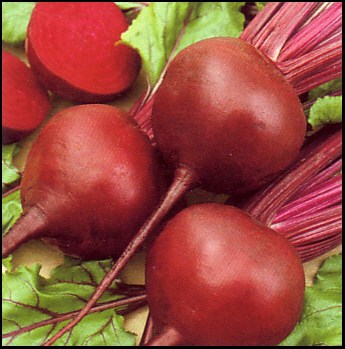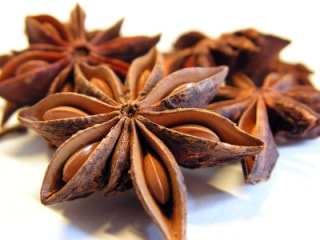Salsify is a root vegetable native to the Mediterranean region of Europe, where it has been cultivated and used in food for centuries. This plant has also been widely introduced to other regions of the world, although it is primarily popular in Europe. Some specialty markets carry salsify, especially in the fall, when it is in season, and it can also be grown in a home garden, for people who live betweenUSDA zones six and 10.
Formally, this plant is known as Tragopogon porrifolius, and it also goes by Purple Goatsbeard and Oyster Plant. It has blade-like leaves and slender stalks which produce distinctive purple flowers in the second year of growth. In addition to the root, the greens and stalks are also edible. Salsify root has a slightly oysterlike flavor, explaining one of its common names, and the greens and stalks are mildly sweet.
There are a number of uses for salsify. Young roots can be grated and served on salads, while older roots need to be cooked to soften. The roots can be added to soups and stews, peeled and mashed, or used in root vegetable gratins. The greens can be used raw or cooked in salads and other dishes, while the stalks benefit from a light steaming or quick roasting, much like asparagus.
There is another type of salsify which is called Scorzonera or Black Salsify. These are easier to be found; especially when you go to the market that is specifically catering to Italian and Spanish customers. The flavor for both types of salsify is almost similar; however, personally, I prefer the salsify more. One thing you should know about Black Salsify is that it tends to release liquid if it is cut raw, and the liquid will makes your hand and the surroundings become black. Therefore, it is recommended that you wash the black salsify first, simmer it with water until the whole Black Salsify is tender; then only start to peel and cut it. There is no rules on how to cut it, you may cut it into your desirable pieces or follow your creativity.
Benefits of Salsify
Salsify contains a natural insulin that, when digested by the stomach’s hydrochloric acid, helps take place of the starch digestion that the pancreas would have to do. It has an alkaline ash. rich of Vitamin A, Iron, Thiamine, Riboflavin, Niacin, Calcium

